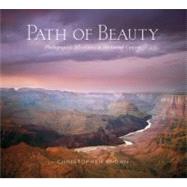
Christopher Brown is an award-winning photographer and master printer who teaches photography and printmaking in Boulder, Colorado. His photographs, their unique interpretation of the natural landscape, as well as their attention to detail, color and composition, have earned him the respect of many in the photography community. His work is displayed in many private and public collections across the country, including the Denver Art Museum and the San Francisco Museum of Modern Art. Visit him online at www.ChrisBrownPhotography.com.
The New copy of this book will include any supplemental materials advertised. Please check the title of the book to determine if it should include any access cards, study guides, lab manuals, CDs, etc.
The Used, Rental and eBook copies of this book are not guaranteed to include any supplemental materials. Typically, only the book itself is included. This is true even if the title states it includes any access cards, study guides, lab manuals, CDs, etc.